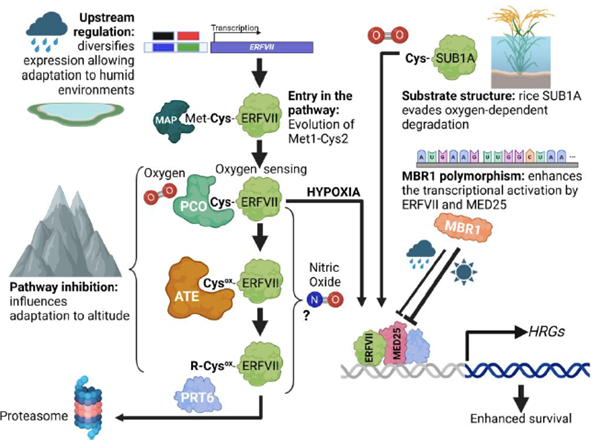
Review: Geography, altitude, agriculture, and hypoxia
Plant Science Research WeeklyHypoxia, or reduced oxygen availability, is a double-edged sword: while it disrupts metabolism and can cause cell death, it also plays a vital role in regulating development in animals and plants. With extreme flooding increasing due to climate change, understanding how genetic variation enhances hypoxia…
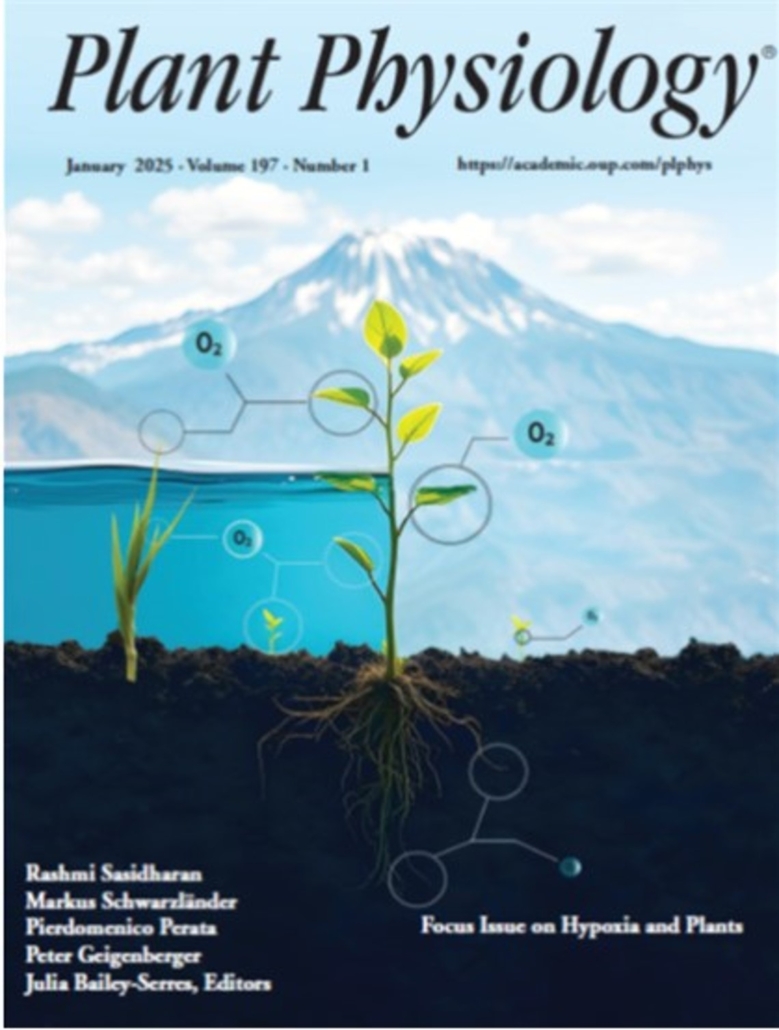
Focus Issue: Hypoxia and Plants
Plant Science Research WeeklyThe January 2025 issue of Plant Physiology has a focus on “Hypoxia and Plants”. This field has made a lot of progress recently in understanding plant responses to low oxygen, from the molecular to physiological and developmental levels. The focus issue includes reviews on topics such as divergent…
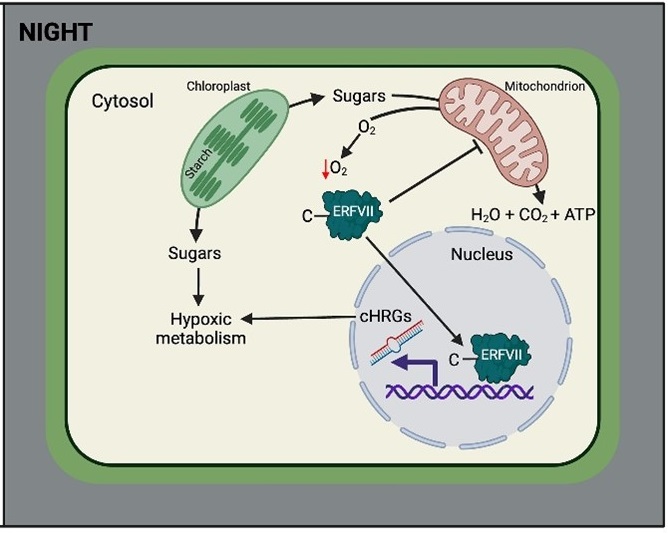
Oxygen supply dictates growth and metabolism in young leaves
Plant Science Research WeeklyWhen thinking of hypoxia or low oxygen in plants, the image that often comes to mind is one of flooding stress. However, it’s not just plants exposed to excess of water that face hypoxia. Even in growing plants, hypoxia sensing and the existence of hypoxic niches play a vital role in their development.…
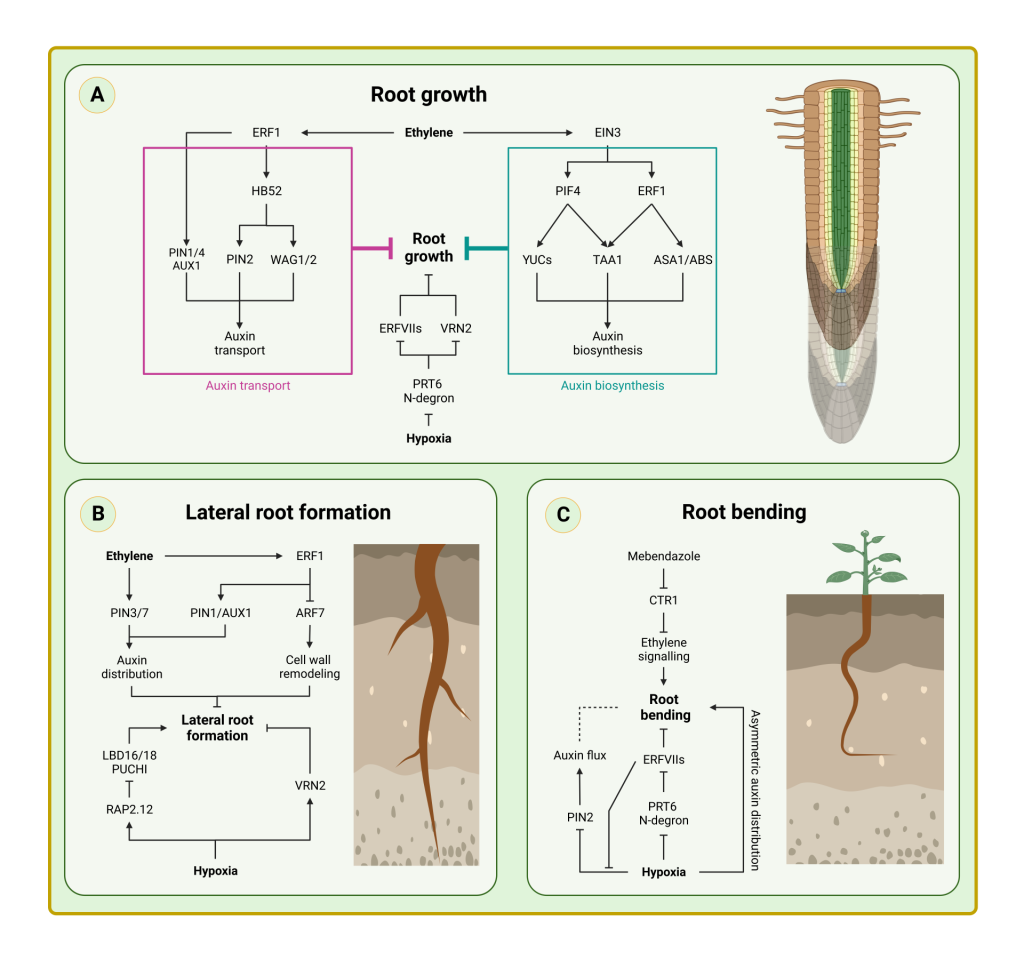
Review: How plant roots respond to waterlogging
Plant Science Research WeeklyAs the hottest year on record, 2023 has truly been a global annus horribilis during which humans, other animals, and domesticated and wild plants have faced unprecedented environmental challenges. In the past month alone, torrential rainfalls have wreaked havoc in Asia, the Middle East, and many parts…
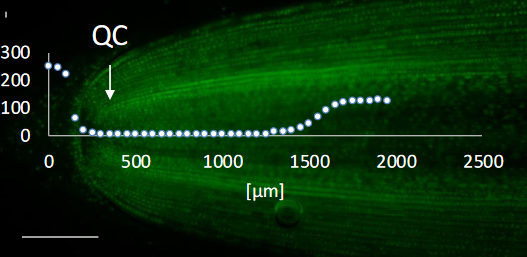
Plant stem cells under low oxygen: metabolic rewiring by phytoglobin underlies stem cell functionality
Plant Science Research WeeklyWhen flooding occurs, soils become saturated and oxygen solubility and diffusion decreases. This situation creates a hypoxic environment in the roots that stresses the plant, causing significantly decreased growth. However, the quiescent center (QC) stem cells, located in the root apical meristem, are…

TOR couples energy to oxygen sensing to modulate hypoxic gene expression
Plant Science Research WeeklyFloods limit plant oxygen availability, impacting their growth and productivity. In hypoxia, the ERF-VII group of transcription factors are stabilized and activate Hypoxia-Responsive Genes (HRG) that prepare the plant to face the stress. In this situation, plant metabolism switches from oxidative phosphorylation…
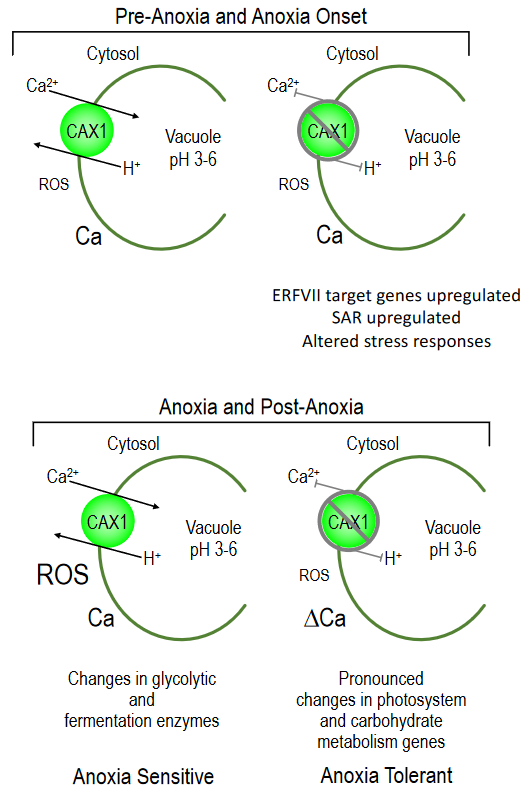
The vacuolar H+/Ca transporter CAX1 participates in submergence and anoxia stress responses (Plant Physiol)
Plant Science Research WeeklyCalcium (Ca) signaling is one of the primary plant responses to confront abiotic stresses. To coordinate Ca levels in the different compartments of the cell, several transporters are needed including the H+/Ca exchangers (CAXs) in the tonoplast (vacuolar membrane). While the role of calcium signaling…
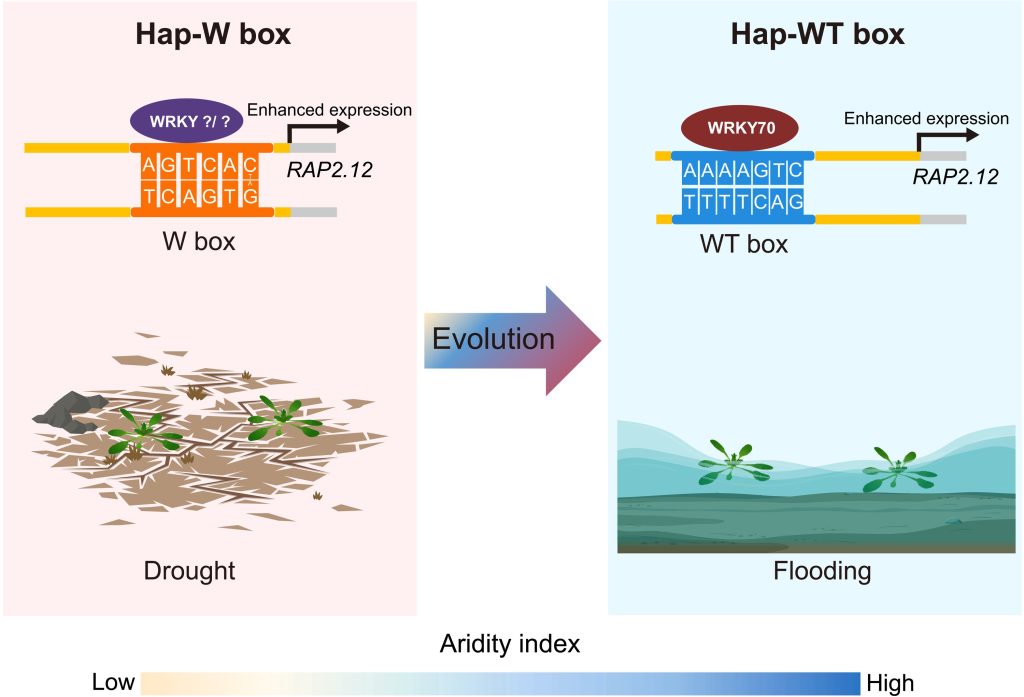
Allelic shift in cis-elements of the transcription factor gene RAP2.12 underlies adaptation associated with humidity in Arabidopsis thaliana (Science Adv)
Plant Science Research WeeklyTo better understand plant responses to different environments, Lou et al. compared Arabidopsis thaliana accessions derived from Sichuan (high precipitation/regular flooding) and Tibet (arid) to isolate genetic adaptations towards flooding stress. The two accessions showed divergent phenotypes: the Sichuan…
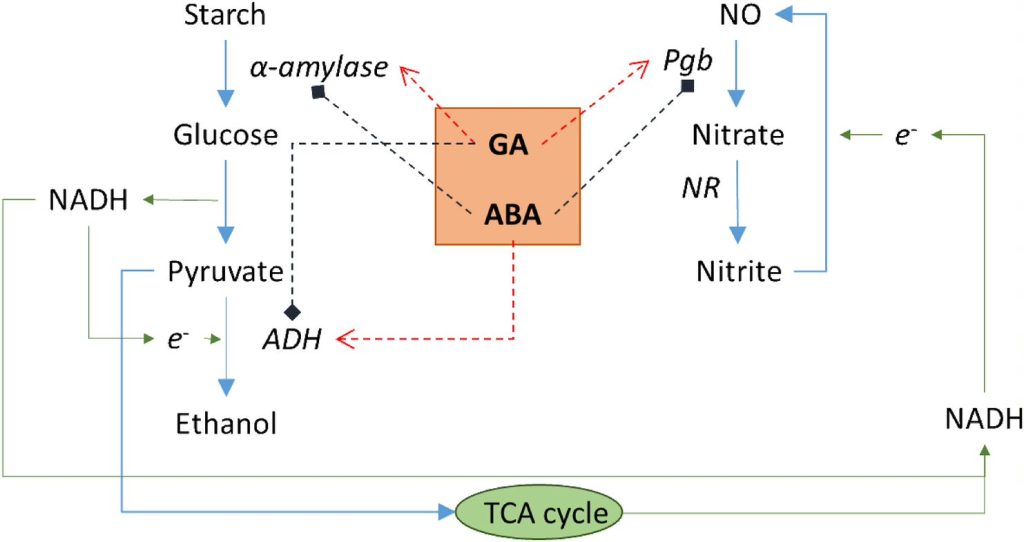
Anaerobiosis modulation of two phytoglobins in barley (Hordeum vulgare L.), and their regulation by gibberellin and abscisic acid in aleurone cells (Plant Physiol. Biochem)
Plant Science Research Weekly
Barley seeds are anoxic, and during germination pathways are induced to allow energy to be obtained without oxygen. Phytoglobins (Pgb) are hypoxia-induced proteins that are involved in energy metabolism during germination through the Pgb-NO cycle, an alternative pathway to fermentation. In the…

